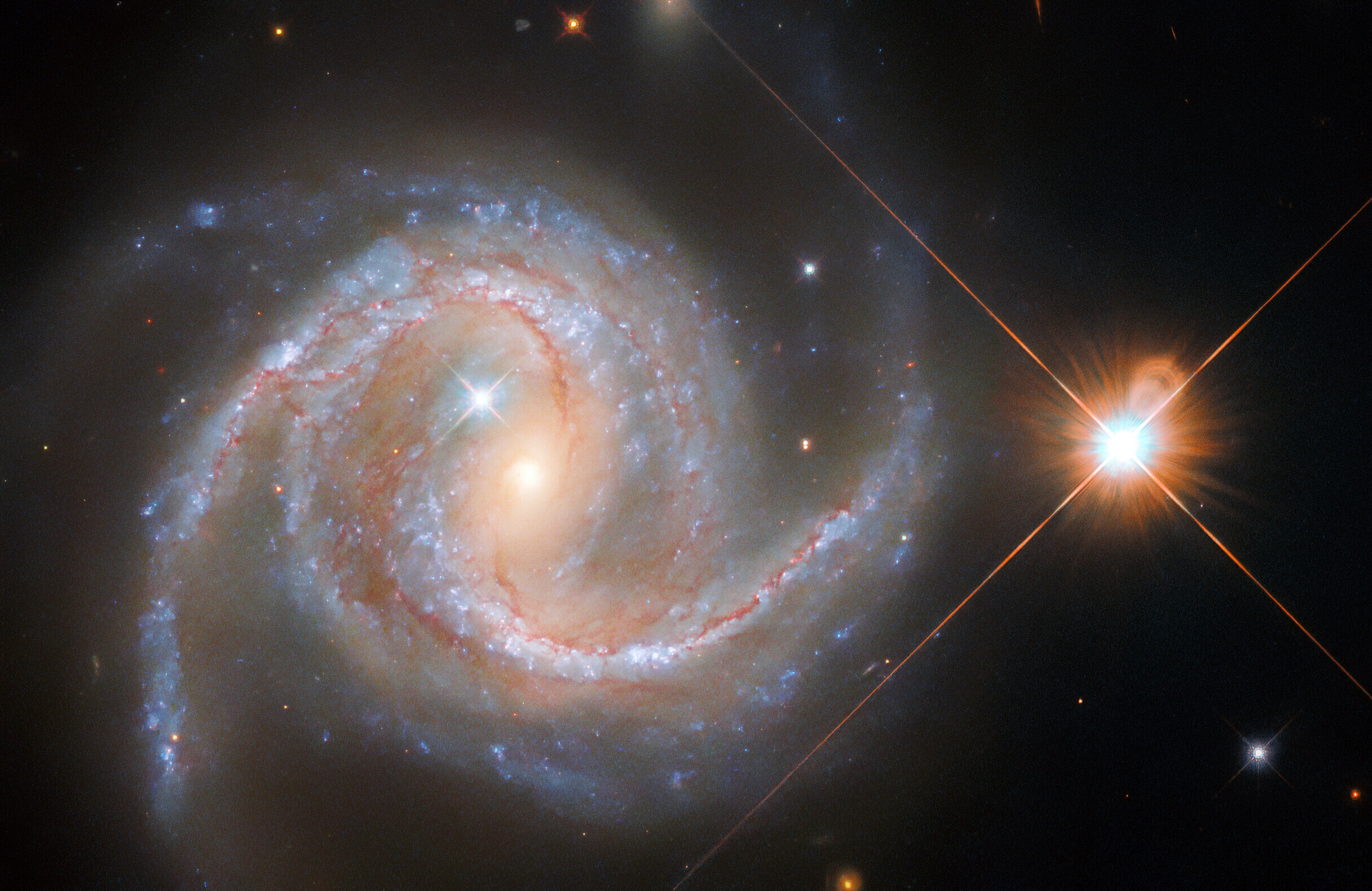 |
| Credit: ESA/Hubble & NASA, J. Greene; CC BY 4.0 Acknowledgement: R. Colombari |
In this view, the NASA/ESA Hubble Space Telescope's Wide Field Camera 3 reveals the spiral galaxy NGC 5495's stately arching spiral arms. NGC 5495, located around 300 million light-years from Earth in the constellation Hydra, is a Seyfert galaxy, which has a very luminous center area. The light released by dust and gas falling into a supermassive black hole dominates these brilliant cores known to astronomers as active galactic nuclei.
This picture is based on data made by astronomers researching supermassive black holes in the centers of other galaxies. It can be difficult to study the center parts of galaxies because, in addition to the light produced by matter falling into supermassive black holes, areas of star formation and light from existing stars also contribute to the brightness of galactic cores. Hubble's sharp eyesight assisted scientists in disentangling the numerous light sources at the center of NGC 5495, allowing them to accurately weigh the supermassive black hole.
In addition to NGC 5495, two-star interlopers can be seen in this view. One is just beyond the galaxy's core, while the other is visible beside it. While they are in the same part of the sky as NGC 5495, these objects are far closer to home: they are stars from our own Milky Way. The brilliant stars are surrounded by crisscross diffraction spikes, which are optical aberrations caused by Hubble's interior structure reacting with starlight.



0 Comments